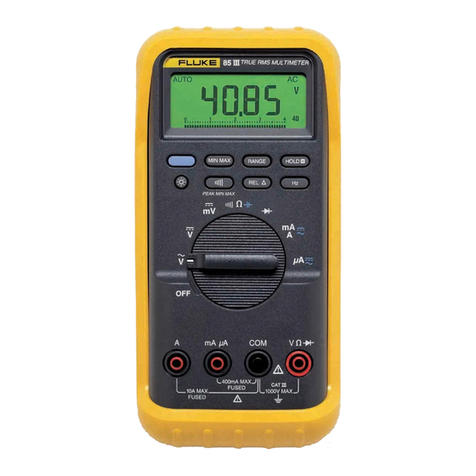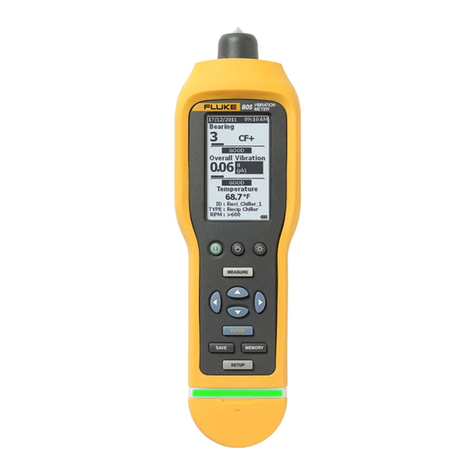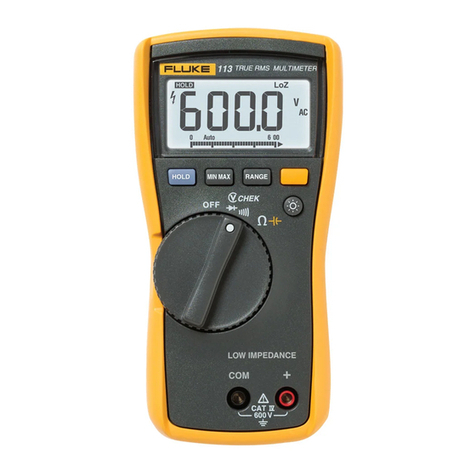Fluke 12 User manual
Other Fluke Multimeter manuals
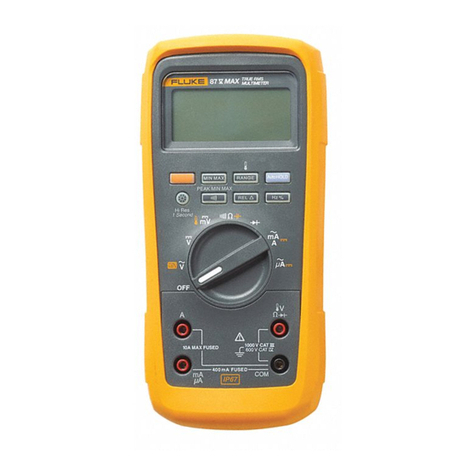
Fluke
Fluke 87V MAX Use and care manual
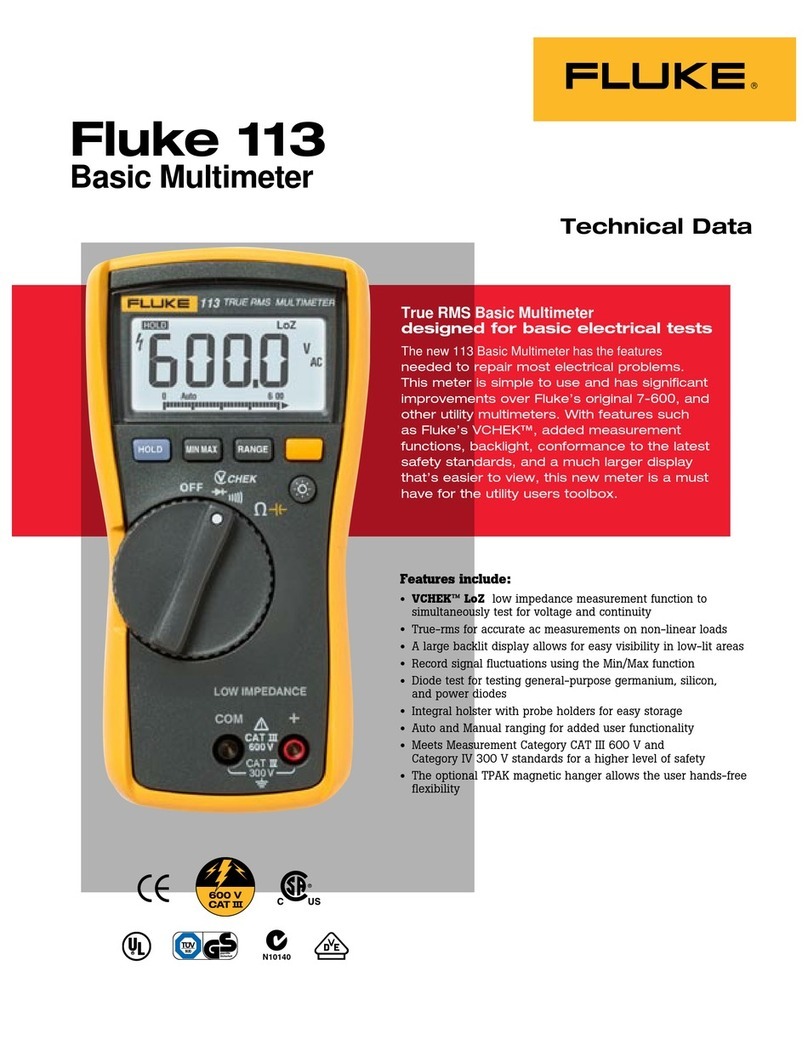
Fluke
Fluke 113 Instruction manual
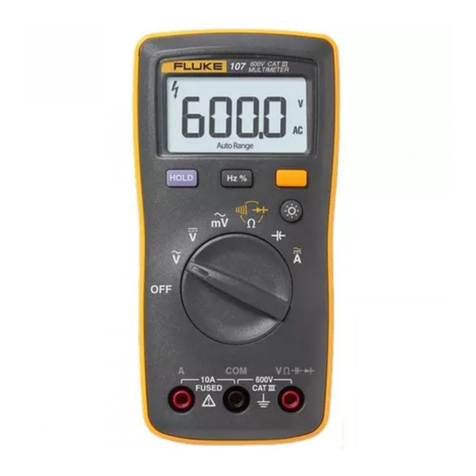
Fluke
Fluke 106 User manual

Fluke
Fluke 106 User manual
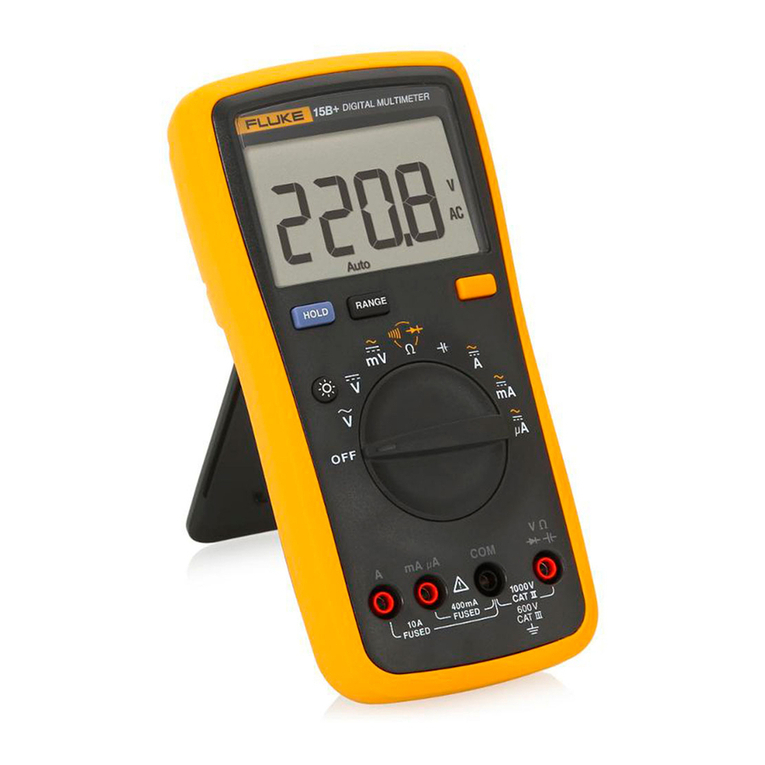
Fluke
Fluke 15B User manual
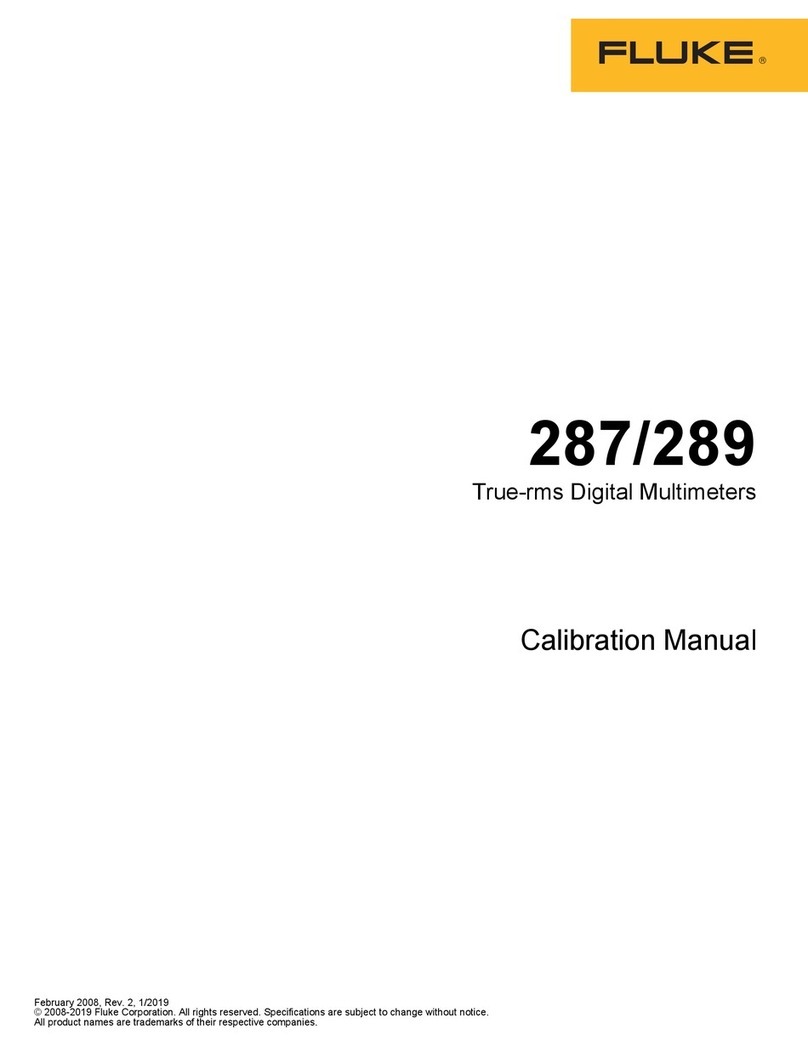
Fluke
Fluke 287C Use and care manual

Fluke
Fluke 771 Use and care manual

Fluke
Fluke 87V MAX User manual

Fluke
Fluke 705 User manual

Fluke
Fluke 707 Installation and operating instructions
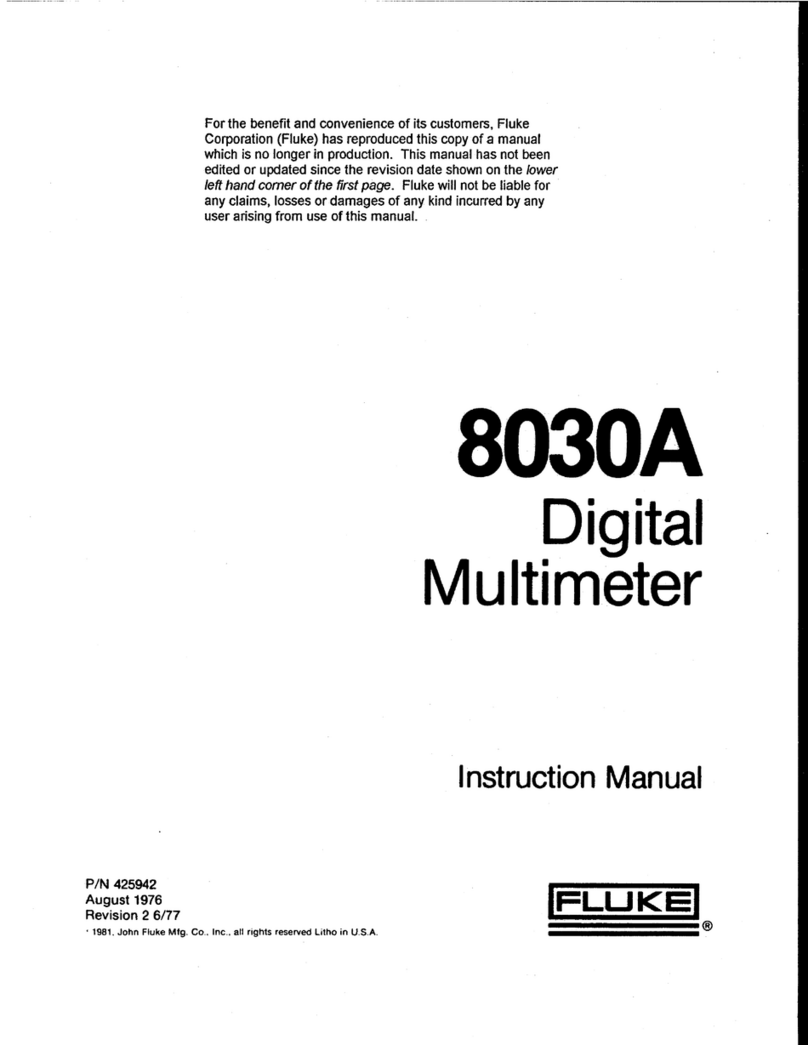
Fluke
Fluke 8030A User manual
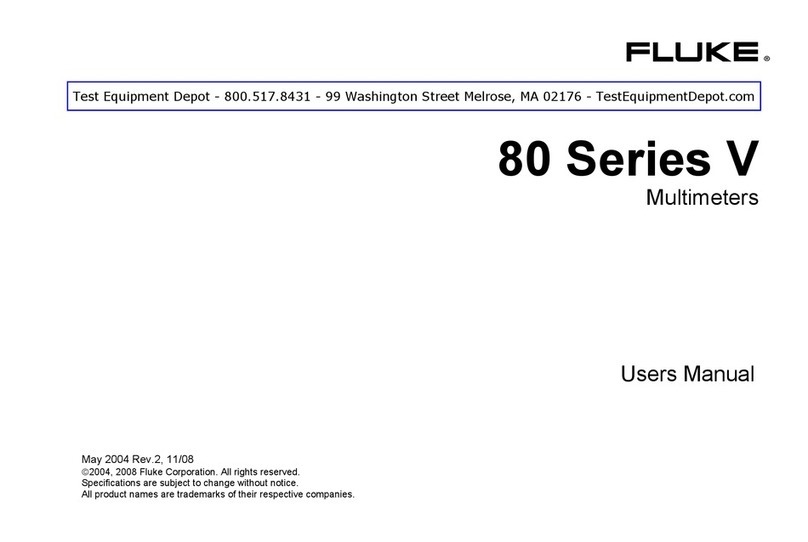
Fluke
Fluke 87V/IMSK User manual
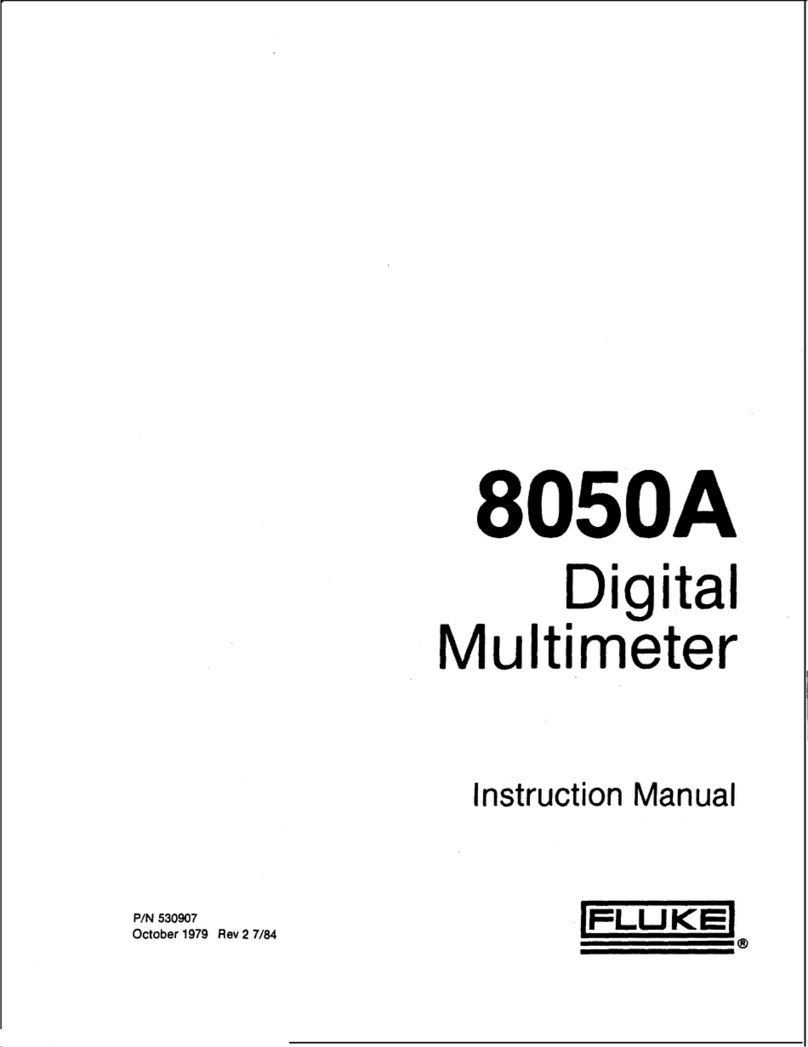
Fluke
Fluke 8050? User manual
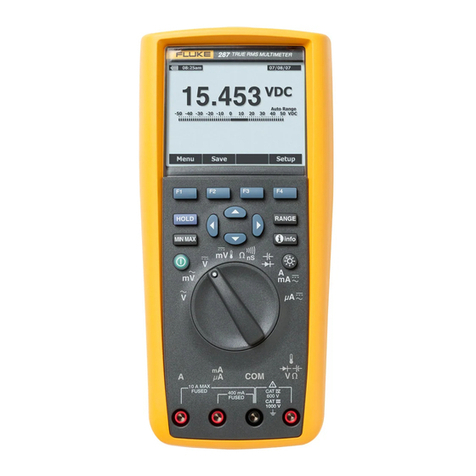
Fluke
Fluke 287 Installation and operating instructions
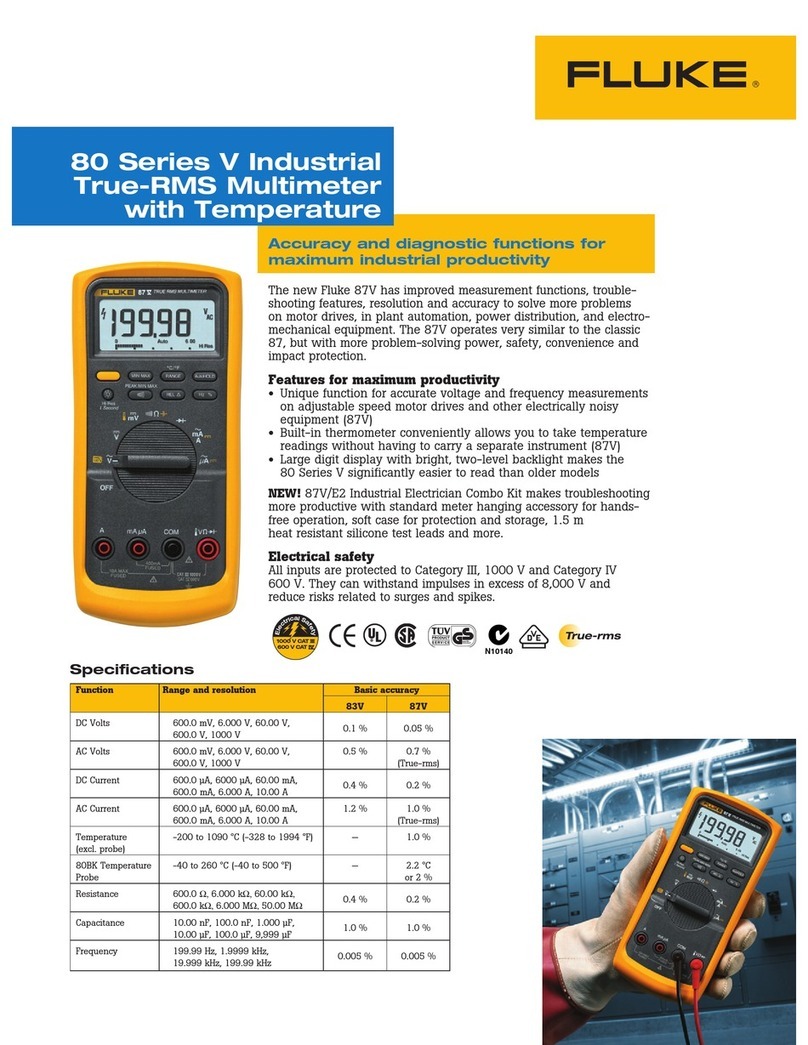
Fluke
Fluke 83V User manual
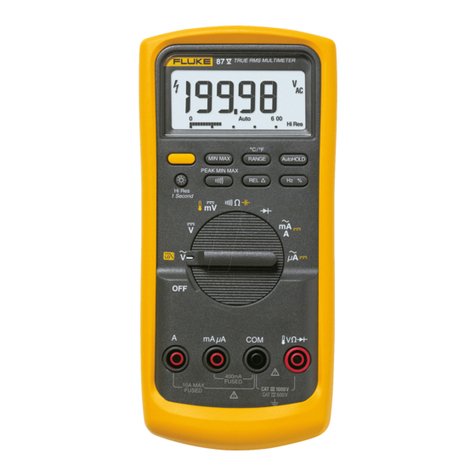
Fluke
Fluke 87 V/AN User manual

Fluke
Fluke CNX 3000 User manual
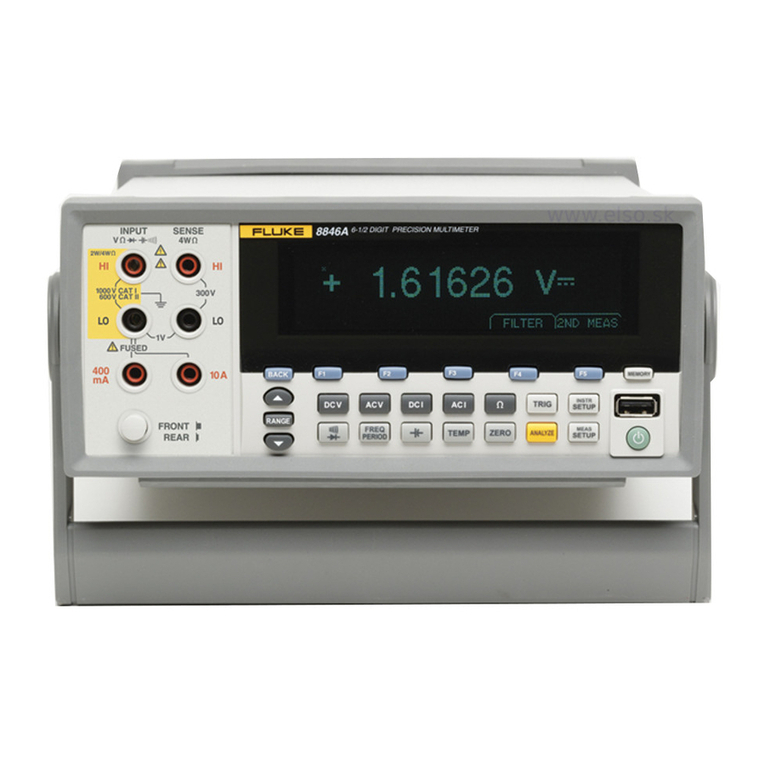
Fluke
Fluke 8845A User manual

Fluke
Fluke Biomedical MPS450 Operators User manual

Fluke
Fluke 373 Use and care manual
Popular Multimeter manuals by other brands

Gossen MetraWatt
Gossen MetraWatt METRAmax 6 operating instructions

PeakTech
PeakTech 4000 Procedure of calibration

YOKOGAWA
YOKOGAWA 90050B user manual

Tempo Communications
Tempo Communications MM200 instruction manual

APPA
APPA 607 user manual

Elenco Electronics
Elenco Electronics CM-1555 operating instructions
